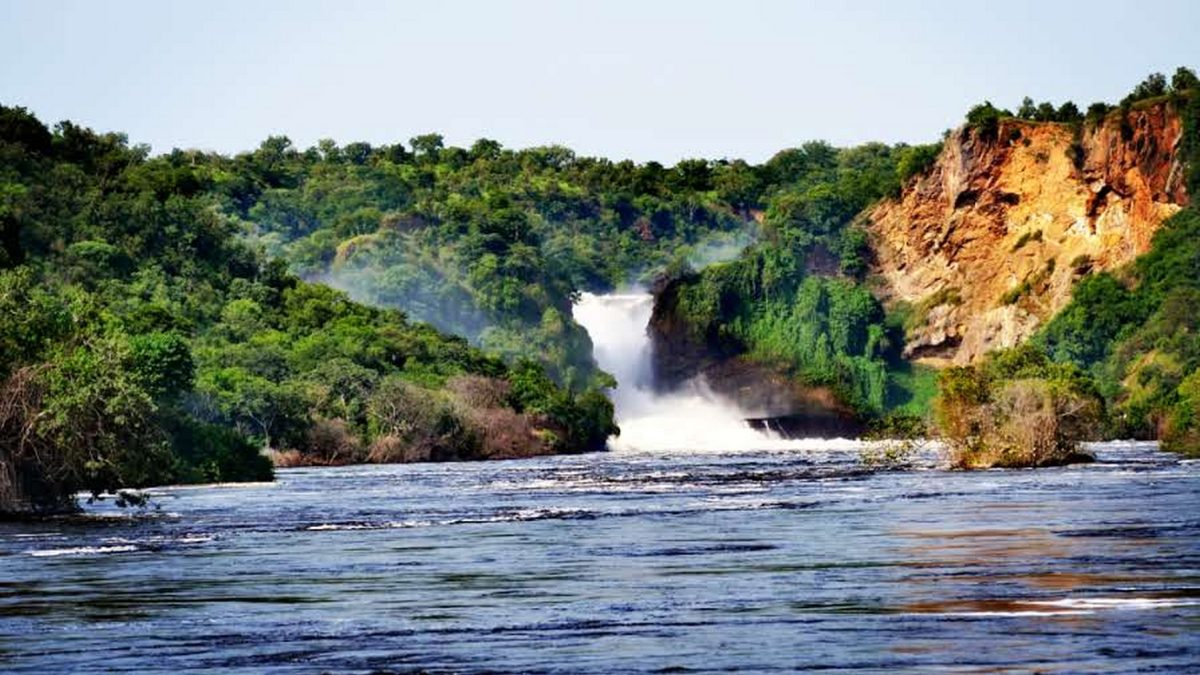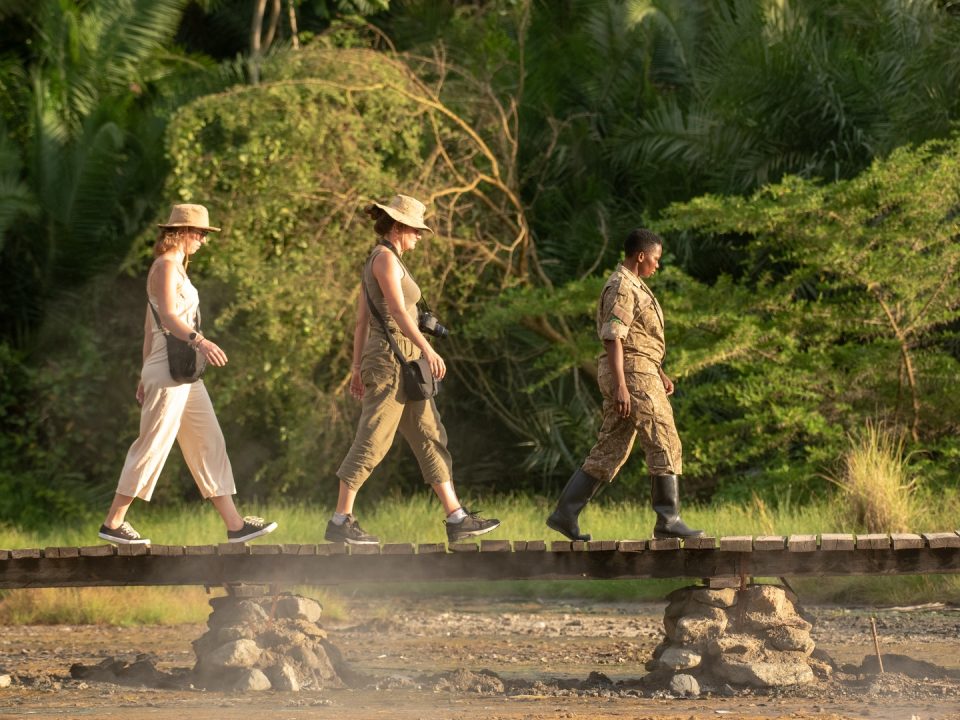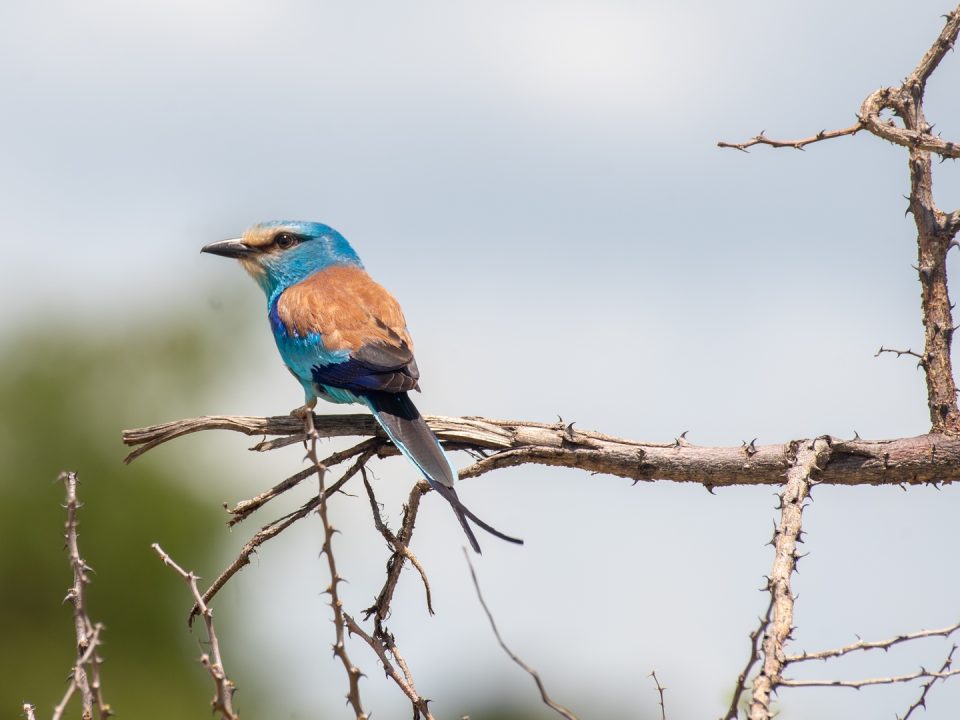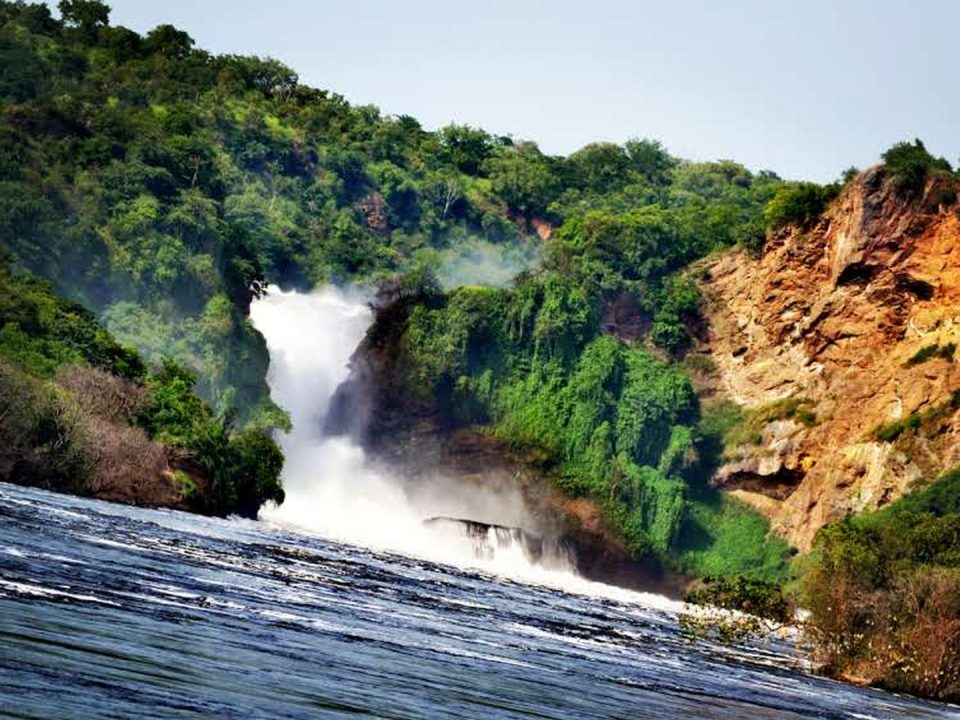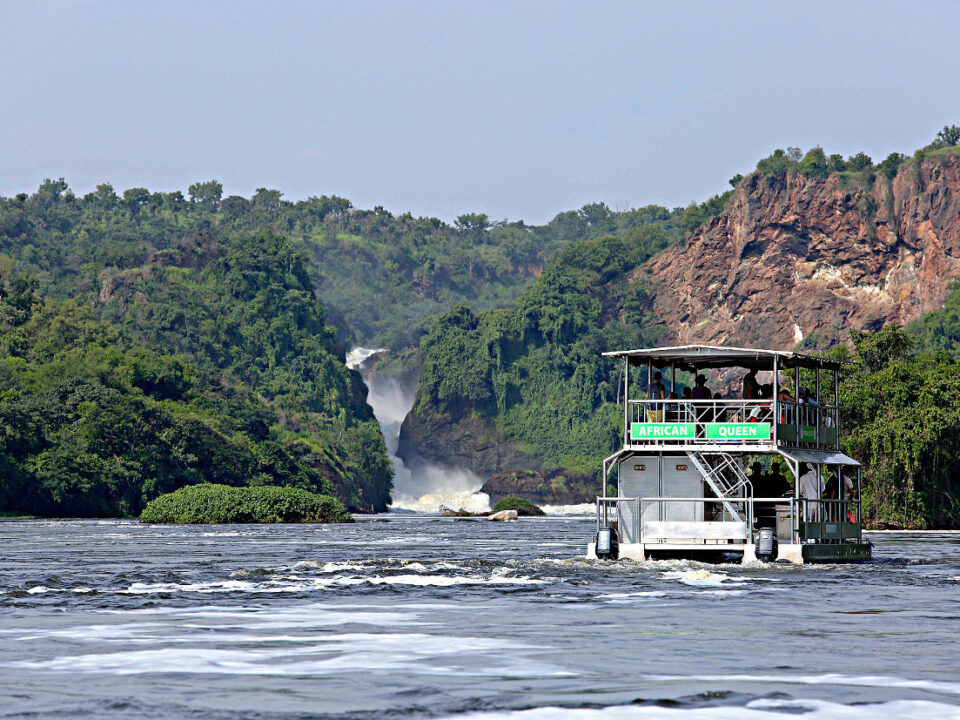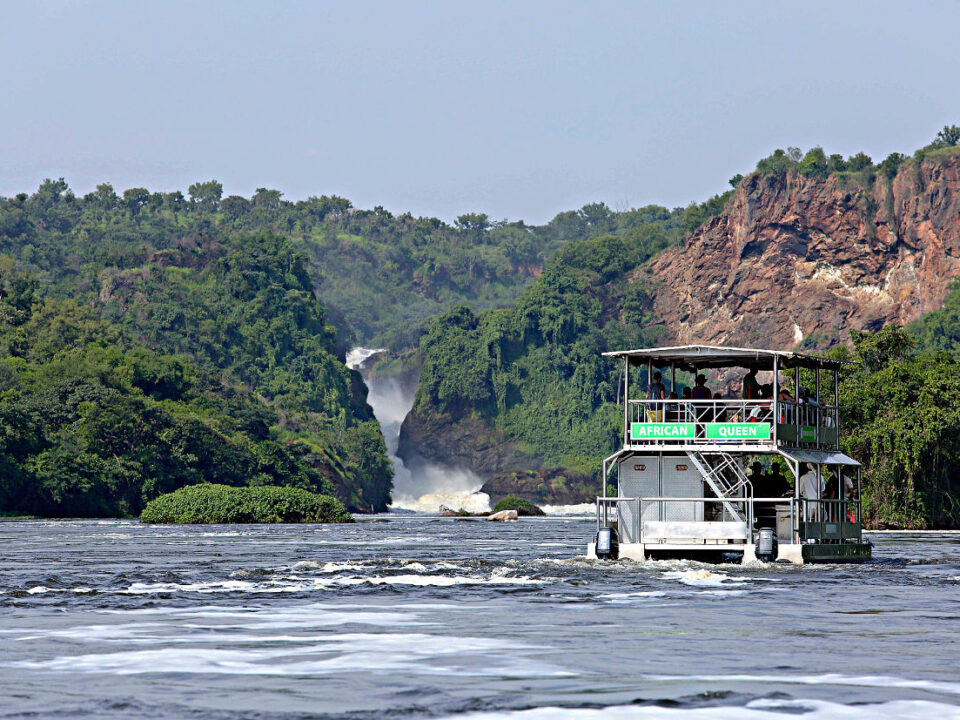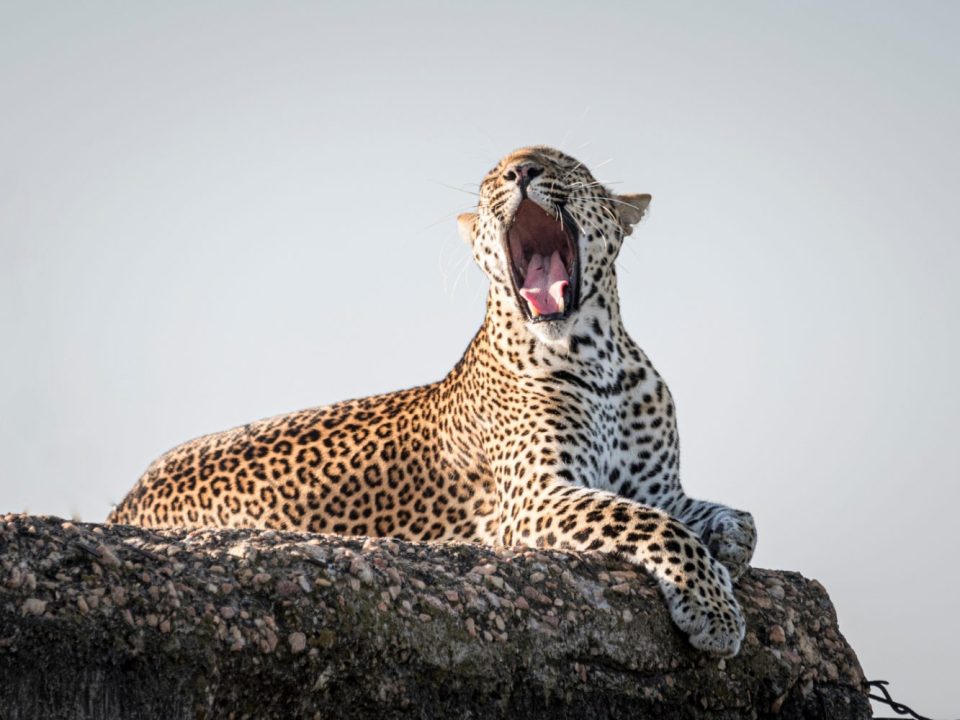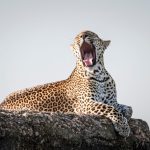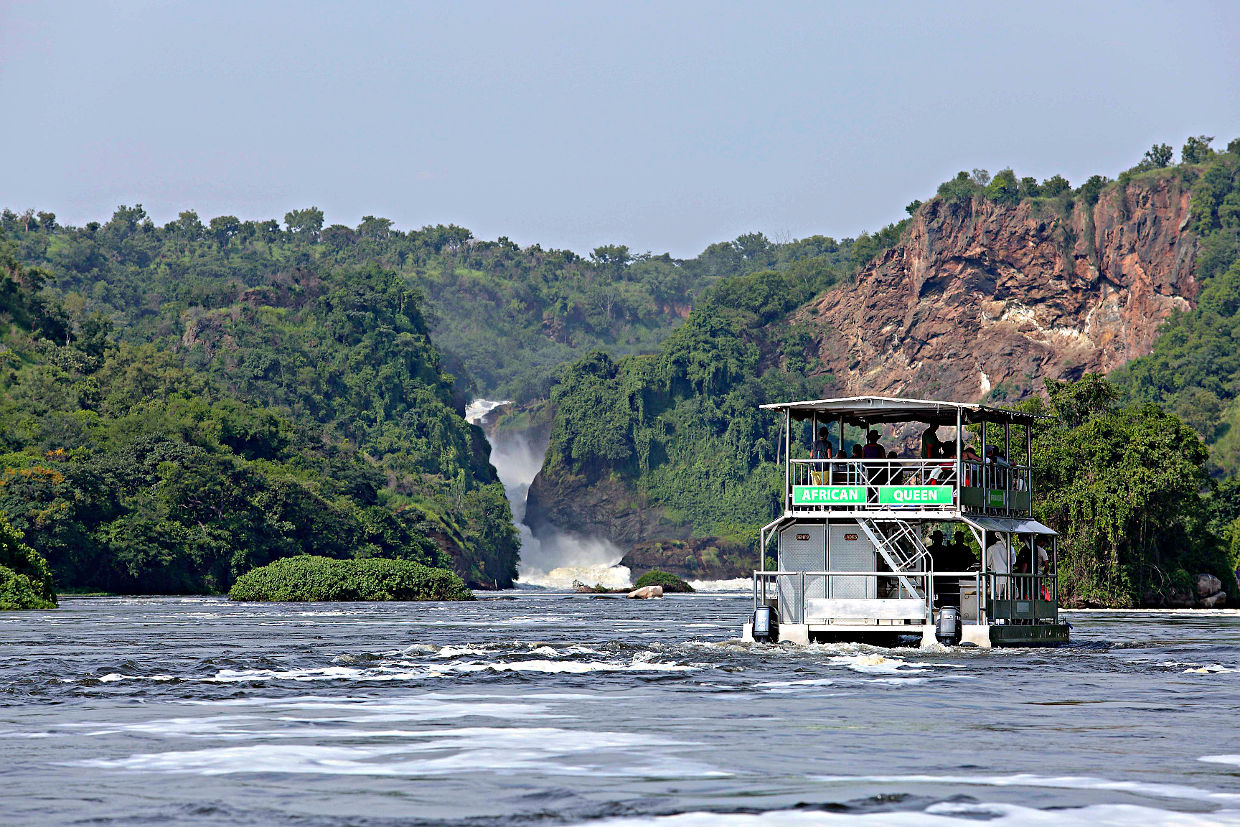How Murchison Falls National Park is Protecting Its Wildlife?
How Murchison Falls National Park is Protecting Its Wildlife? Murchison Falls National Park, Uganda’s largest and oldest national park, is a jewel in the crown of Uganda’s rich wildlife heritage. Stretching over 3,893 square kilometers, the park boasts an impressive array of wildlife, including elephants, lions, giraffes, crocodiles, and a diverse range of bird species. The iconic Murchison Falls, where the Nile River surges through a narrow gorge, provides a dramatic backdrop to this vast and varied ecosystem. However, like many of Africa’s treasured parks, Murchison Falls National Park faces challenges in safeguarding its wildlife from poaching, habitat destruction, human-wildlife conflict, and other threats. Fortunately, a comprehensive array of conservation efforts is being implemented to protect the park’s delicate biodiversity. In this detailed writeup by Deks Safaris and Tours Ltd., we explore the measures Murchison Falls National Park is taking to ensure the long-term protection of its wildlife and natural habitats.
Exceptional Uganda Safari Packages to Murchison Falls National Park
- 6 Days Uganda Adventure Tour
- 6 Days Uganda Safari
- 7 Days Uganda Safari
- 7 Days Uganda Tour
- 8 Days Uganda Safari
- 8 Days Uganda Tour
- 9 Days Uganda Safari
- 9 Days Uganda Wildlife Tour
- 15 Days Best of Uganda Safari
- 15 Days Ultimate Uganda Safari
- 21 Days Around Uganda Safari
- 21 Days Uganda Safari
- 3 Days Bwindi Gorilla Trekking
- 4 Days Uganda Safari
- 4 Days Gorilla Trekking Safari
- 5 Days Uganda Tour
- 5 Days Uganda Safari
The Ecological Importance of Murchison Falls National Park
Murchison Falls National Park is a biodiversity hotspot, not only in Uganda but in East Africa as a whole. The park’s varied ecosystems, which include savannah, forest, wetlands, and riverine habitats, support a wide variety of species. As home to Uganda’s “Big Four” (lion, elephant, buffalo, and giraffe) and a wealth of other wildlife, including some rare and endangered species, Murchison Falls plays a vital role in maintaining the health of Uganda’s ecosystems.
In addition to terrestrial wildlife, Murchison Falls National Park is a critical area for aquatic life. The park’s section of the Victoria Nile is home to Nile crocodiles, hippos, and a diverse range of bird species, including the rare shoebill stork. This rich biodiversity contributes to the park’s international significance and makes it a priority area for conservation efforts.
Given the immense ecological value of Murchison Falls, safeguarding its wildlife and maintaining the integrity of its ecosystems is essential for the long-term health of the park and the region as a whole. The following sections delve into the specific strategies and measures that have been put in place to protect the park’s wildlife.
Anti-Poaching Measures: Combatting Illegal Hunting and Trade
Poaching remains one of the most significant threats to wildlife in Murchison Falls National Park. Poachers target species such as elephants for their ivory, lions for their pelts, and other animals for bushmeat. To counter these illegal activities, the Uganda Wildlife Authority (UWA) has implemented a robust anti-poaching strategy that involves regular ranger patrols, the use of modern technologies, and collaborations with other law enforcement agencies.
Ranger Patrols and Surveillance Systems
A central component of Murchison Falls National Park‘s anti-poaching strategy is the presence of UWA rangers who conduct regular foot, vehicle, and boat patrols throughout the park. These highly trained rangers are responsible for monitoring the park’s vast expanse and preventing poaching activities. In addition to physical patrols, UWA utilizes technology to enhance their efforts. GPS systems and drone surveillance are used to track wildlife movements and detect suspicious activities.
By patrolling both the park’s land and waterways, the rangers create a presence that discourages poaching, allowing wildlife to thrive in relative safety. Rangers also receive training in conflict resolution, as they often engage with local communities to help them understand the importance of preserving wildlife.
Technology and Aerial Surveillance
The park’s conservation efforts are bolstered by modern technology, such as drones and camera traps. These tools help park authorities gather critical data about wildlife populations, monitor animal movements, and identify poachers or illegal activities within the park. Drones are particularly effective in covering large areas of the park that may be difficult to access on foot or by vehicle.
In addition to drones, the park also uses camera traps to monitor the movements of both wildlife and poachers. These traps help park authorities keep an eye on high-risk areas without disturbing the animals, providing real-time data that can inform decision-making.
Community Engagement: Involving Locals in Conservation Efforts
Conservation is not only about protecting wildlife but also about fostering positive relationships with the local communities that surround the park. Human-wildlife conflict, poaching, and encroachment are often driven by poverty, lack of awareness, and limited alternatives for local populations. As part of its conservation strategy, Murchison Falls National Park has worked closely with local communities to develop initiatives that promote sustainable livelihoods and reduce reliance on park resources.
Sustainable Livelihood Programs
To address the root causes of poaching and illegal activities, UWA has implemented programs that offer local communities alternative livelihoods that are both economically viable and environmentally sustainable. These programs include eco-tourism, beekeeping, fish farming, and agricultural training. By providing local people with access to sustainable income-generating activities, UWA helps reduce their dependence on illegal wildlife trade or encroaching on park land.
For example, eco-tourism initiatives, such as providing community-run lodges and guiding services, enable locals to directly benefit from the park’s conservation efforts. Revenue generated from tourists visiting the park is reinvested into community projects, including education, healthcare, and infrastructure development. This approach fosters a sense of ownership among local communities, making them more invested in the park’s conservation.
Conflict Mitigation and Wildlife Protection
Human-wildlife conflict is another critical issue in Murchison Falls National Park. As wildlife moves outside park boundaries in search of food or water, it can cause damage to crops, livestock, and property. This creates tension between wildlife and local communities. UWA works with local farmers and residents to implement strategies for mitigating these conflicts, including the installation of protective fences, improved farming practices, and community outreach programs.
By educating local communities about co-existing with wildlife and offering compensation for livestock losses caused by predators, UWA builds goodwill and reduces the incentive for retaliatory killings of animals.
Habitat Protection and Restoration: Ensuring Long-Term Ecosystem Health
Habitat destruction is a key threat to wildlife populations in Murchison Falls National Park. Human activities, such as logging, farming, and charcoal production, have led to the degradation of critical habitats for wildlife. In response, UWA has implemented several habitat restoration and protection initiatives to safeguard the park’s ecosystems.
Restoration of Riverine Habitats
The park’s riverine habitats, particularly along the Nile River, are vital to the survival of many species, including hippos, crocodiles, and aquatic birds. To protect these critical areas, UWA has implemented a program to restore riparian ecosystems and prevent illegal activities such as fishing, grazing, and sand mining. These restoration efforts not only protect aquatic species but also support the broader ecosystem by maintaining healthy wetlands and vegetation.
Forest and Savannah Management
In addition to riverine habitats, Murchison Falls National Park contains forests and savannahs that are home to a range of species, including elephants, giraffes, and buffalo. These areas are vulnerable to habitat loss due to encroachment, overgrazing, and fire. UWA has put in place a system of sustainable land management practices to prevent habitat degradation. This includes regulating grazing practices, controlling invasive plant species, and conducting controlled burns to maintain the health of the park’s savannahs.
The Role of Eco-Tourism in Conservation
Eco-tourism is a cornerstone of conservation in Murchison Falls National Park. As a major source of revenue for the park, eco-tourism helps fund conservation programs while also providing economic benefits to local communities. Activities like game drives, boat cruises along the Nile, and birdwatching tours attract thousands of tourists every year, generating significant income for both the park and the surrounding communities.
The revenue from eco-tourism supports anti-poaching efforts, wildlife monitoring, habitat restoration, and community development projects. It also allows for the training and employment of local guides, rangers, and hospitality workers, further benefiting the local economy. By promoting sustainable tourism, Murchison Falls National Park provides a financial incentive for locals to protect their natural heritage.
Murchison Falls and Gorilla Trekking: Connecting Conservation in Uganda
While Murchison Falls is famous for its diverse wildlife, it also plays an essential role in the broader context of conservation in Uganda. Many tourists visiting Murchison Falls also continue their journey to Bwindi Impenetrable Forest for an unforgettable gorilla trekking experience. The funds raised from eco-tourism in both Murchison Falls and Bwindi directly contribute to the protection of endangered species like the mountain gorilla.
The connection between these two parks highlights the importance of protecting Uganda’s natural heritage and ensuring that its wildlife populations thrive. The efforts made in Murchison Falls to protect elephants, lions, and other species complement the conservation work in Bwindi, ensuring that Uganda’s diverse ecosystems are preserved for future generations.
Conclusion: The Path Forward for Murchison Falls National Park
Murchison Falls National Park stands as a testament to Uganda’s commitment to wildlife conservation. Through a combination of anti-poaching measures, community engagement, habitat restoration, and eco-tourism, the park is safeguarding its wildlife and natural resources for future generations. As tourists continue to visit the park to experience its beauty and biodiversity, they play an essential role in supporting these conservation efforts. At Deks Safaris and Tours Ltd., we are proud to offer visitors an opportunity to witness the park’s wildlife and contribute to the ongoing preservation of this remarkable natural wonder. The future of Murchison Falls National Park relies on continued collaboration between authorities, local communities, conservation organizations, and responsible travelers. By working together, we can ensure that this iconic park remains a thriving haven for wildlife for years to come.

